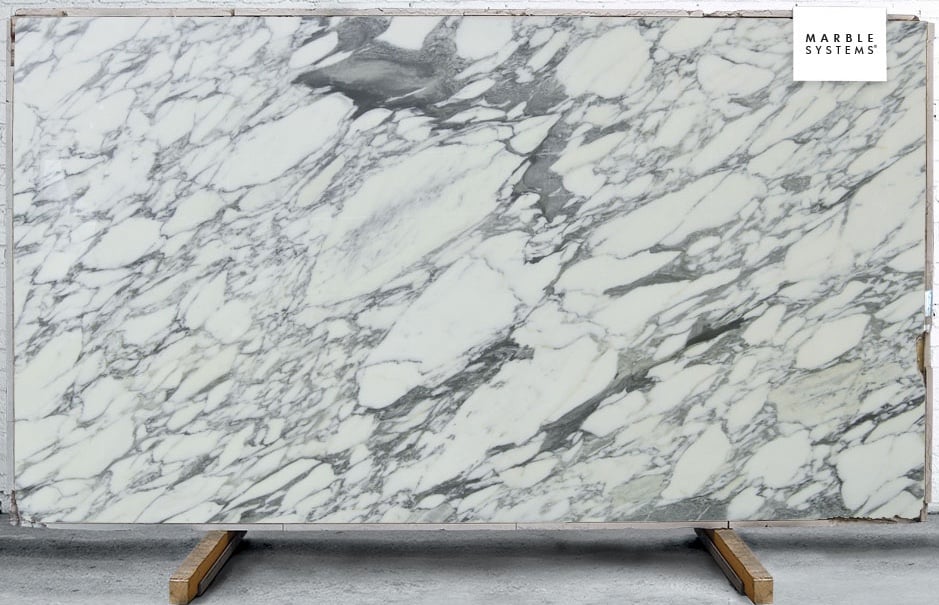What is Marble Veining? This is a question that roams the landscape of the stone industry in 2018 and has been out there for decades, if not centuries. Perhaps the best plan here is to develop a brief understanding of marble and then move on to veins and veining. Let’s do this!
Marble stirs the imagination in many ways. We see it as a flooring, a wall covering, countertops, mosaics, vanity tops, and as perhaps the highest of art forms: sculpture. A pure definition for the layman is offered by dictionary.com as: “metamorphosed limestone, consisting chiefly of recrystallized calcite or dolomite, capable of taking a high polish, occurring in a wide range of colors and variegations and used in sculpture and architecture”. Fair enough!

Historically, we have the Taj Mahal (above), the Lincoln Memorial, the Statue of David, and quite possibly your local courthouse, as magnificent examples. This is, of course, a seriously impressive resume but then again this is a classic stone that has become a classic interpretive medium.
Marble also offers a wide range of color possibilities. White, beige, gray, black, blue, brown, pink…OK, you get it. The colorsways are clearly comprehensive and offer something for almost any design plan. Finishes are a long suit of this stone. You may choose from polished, honed, “leathered”, antiqued, and more. More, in fact, than we can give space to here.

We have now offered a quick brief on marble in general. Now let’s address the question at hand which is: What is Marble Veining? Take a peek above at one of our classic slabs. This is Calacatta Gold and is one of the most dramatic examples of veining in marble. It is important to understand that this is “inherent and desired” and adds immeasurably to the dramatic performance of the material.
What causes the veining? Since we don’t wish to devolve into a science class, why not think of the cause of veining as the result of impurities like silt, clay, oxidized iron, and more. They were in the stone originally and manifested themselves as veins over time. We will let that suffice.
Another thing to understand about veining is how the visual presents itself based on the manner in which the stone is cut. “Vein Cut” is a block that been “sliced” along the plane of the stone bed it was taken from. “Cross Cut” indicates the block being cut perpendicular to the plane of the bed and tends to eliminate the appearance of layers yielding a more “cloudy” appearance. Both are great and a matter of personal expression or taste.

This brings us to an example we wish to make. Immediately above and at the very top of our post, is a new collection coming soon from Marble Systems: Bianco Dolomite Marble. This stone is directly related to our Snow White Marble. The point is for you to take a look at the very subtle nature of the veining as indicated perfectly below. Note also the juxtaposition of this veining visual as opposed to the Calacatta slab above.

As always, thanks for reading!